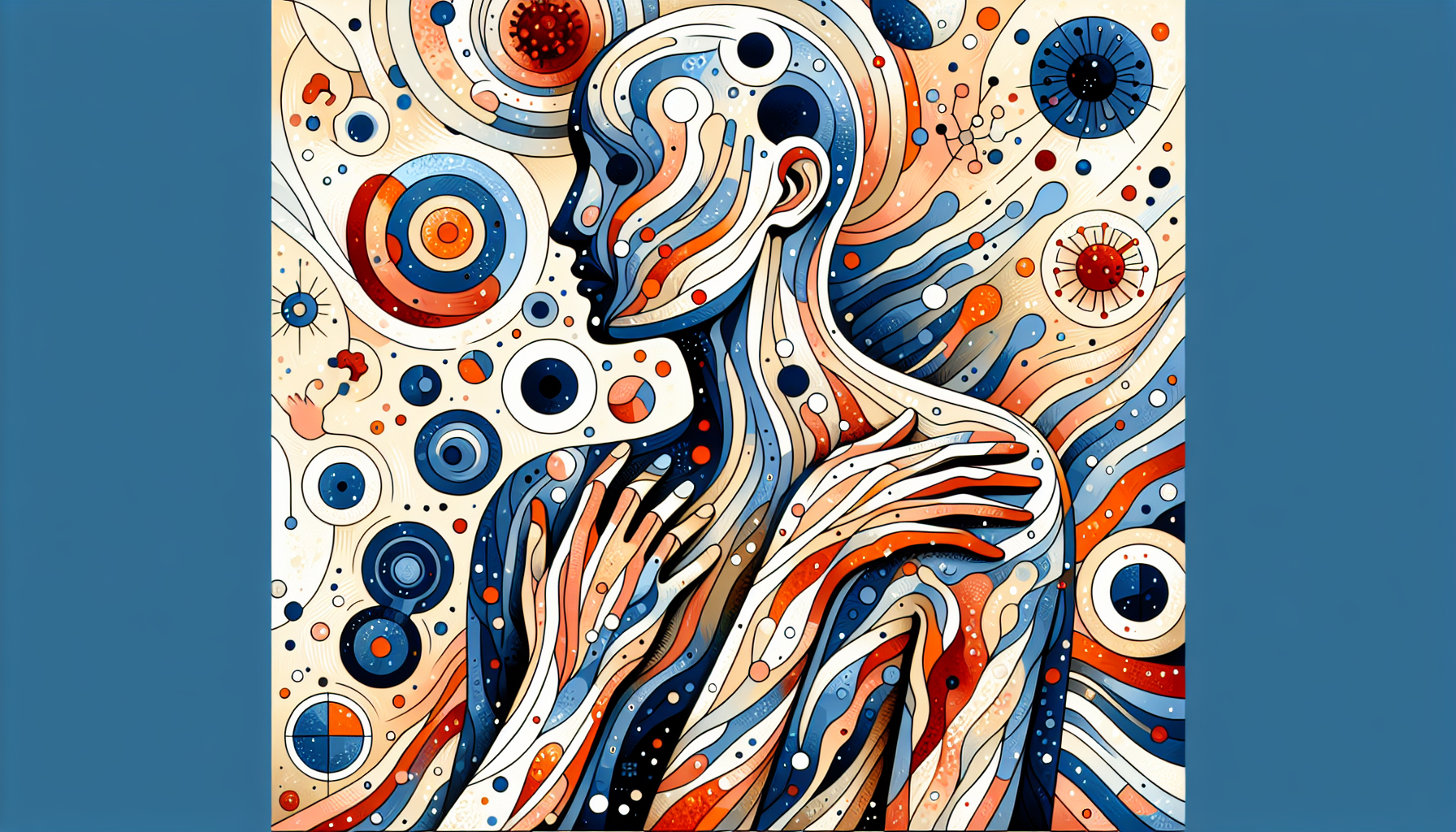Tirzepatide for Sleep Apnea - Can It Help?
Understanding Sleep Apnea and Its ChallengesSleep apnea is a common yet serious sleep disorder characterized by repeated interruptions in breathing during sleep. These pauses [...]
Read More
Medically reviewed by Abhijit Bhattacharyya | MD, PhD, MBA, Tufts University School of Medicine - Miami, Florida on April 13th, 2024.
Skin rashes are unusual changes in the color or texture of your skin. They can be caused by many things, including skin conditions, allergies, infections, and irritants. If you have a rash, your skin may be red, itchy, scaly, or blistered. In this article, we'll explore the different types of skin rashes, their causes, symptoms, and treatments.
There are many types of skin rashes, each with its own set of causes and symptoms. Some of the most common types include:
Eczema: A group of conditions that cause the skin to become red, itchy, and inflamed. Atopic dermatitis is a common form of eczema.
Hives: Raised, itchy bumps or welts that can be triggered by allergies, temperature changes, or infections.
Contact dermatitis: A rash that develops when your skin comes into contact with an irritant or allergen, such as certain soaps, fragrances, or chemicals.
Granuloma annulare: A chronic skin condition that causes a circular rash with reddish bumps, most often on the hands and feet.
Lichen planus: A condition that causes shiny, flat-topped bumps with a reddish-purple color, usually on the wrists, ankles, lower legs, back, and neck.
Pityriasis rosea: A mild rash that often starts with a large, scaly patch on the chest or back, followed by smaller patches on the torso, arms, and legs.

Skin rashes can be caused by a variety of factors, including:
Skin conditions, such as eczema, psoriasis, or rosacea
Allergies to foods, medications, or environmental irritants
Viral or bacterial infections, such as measles or chickenpox
Stress or hormonal changes
Exposure to certain fabrics, soaps, or skin care products
Diagnosing a skin rash can be challenging, as many conditions can cause similar symptoms. Your doctor may perform one or more of the following tests to determine the cause of your rash:
Skin biopsy: A small sample of skin is taken and examined under a microscope to check for signs of infection or other abnormalities.
Blood tests: These can help identify underlying conditions or allergies that may be causing your rash.
Allergy tests: Skin prick or patch tests can help identify specific allergens that may be triggering your rash.
Treatment for skin rashes depends on the underlying cause. Some common treatments include:
Over-the-counter or prescription creams and ointments to soothe itching and inflammation
Oral or topical steroids to reduce inflammation and itching
Antihistamines to relieve itching and allergic reactions
Phototherapy (light therapy) to help manage severe cases of eczema
Immunosuppressive medications to calm an overactive immune system
In some cases, skin rashes can lead to complications such as infections or severe allergic reactions (anaphylaxis). If you experience difficulty breathing, swelling of the face or throat, or other signs of a severe allergic reaction, seek emergency medical care immediately.
While not all skin rashes can be prevented, there are steps you can take to reduce your risk of developing or exacerbating a rash:
Manage stress levels
Avoid known triggers, such as harsh soaps, irritating fabrics, or extreme temperatures
Moisturize your skin regularly to keep it hydrated and healthy
Wash your hands immediately after coming into contact with a known allergen
Consult with your doctor or a dermatologist if you have persistent or severe rashes
By understanding the different types of skin rashes, their causes, and available treatments, you can take steps to manage and prevent these common skin conditions. If you have concerns about a rash or your skin health, don't hesitate to consult with a healthcare professional for personalized advice and treatment options.
For more information on skin rashes and related conditions, visit:
Understanding Sleep Apnea and Its ChallengesSleep apnea is a common yet serious sleep disorder characterized by repeated interruptions in breathing during sleep. These pauses [...]
Read MoreHeart attacks are often perceived as a predominantly male health issue, but the reality is that heart disease is the leading cause of death for women worldwide. Recognizing [...]
Read MoreTelehealth has transformed the way patients access healthcare, offering convenience, speed, and accessibility that traditional in-person visits often cannot match. With the [...]
Read More